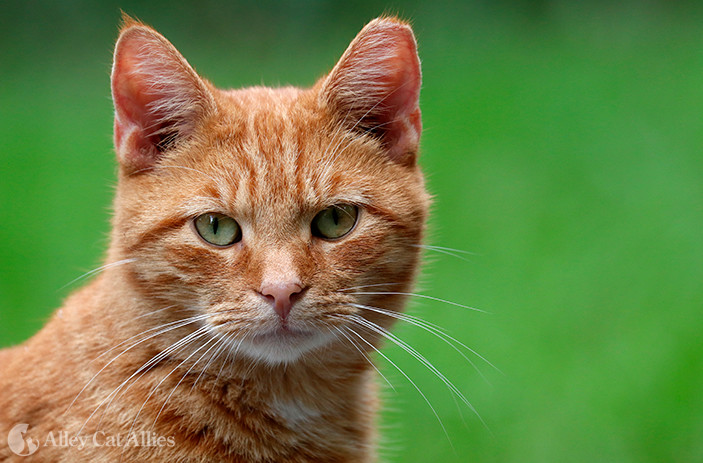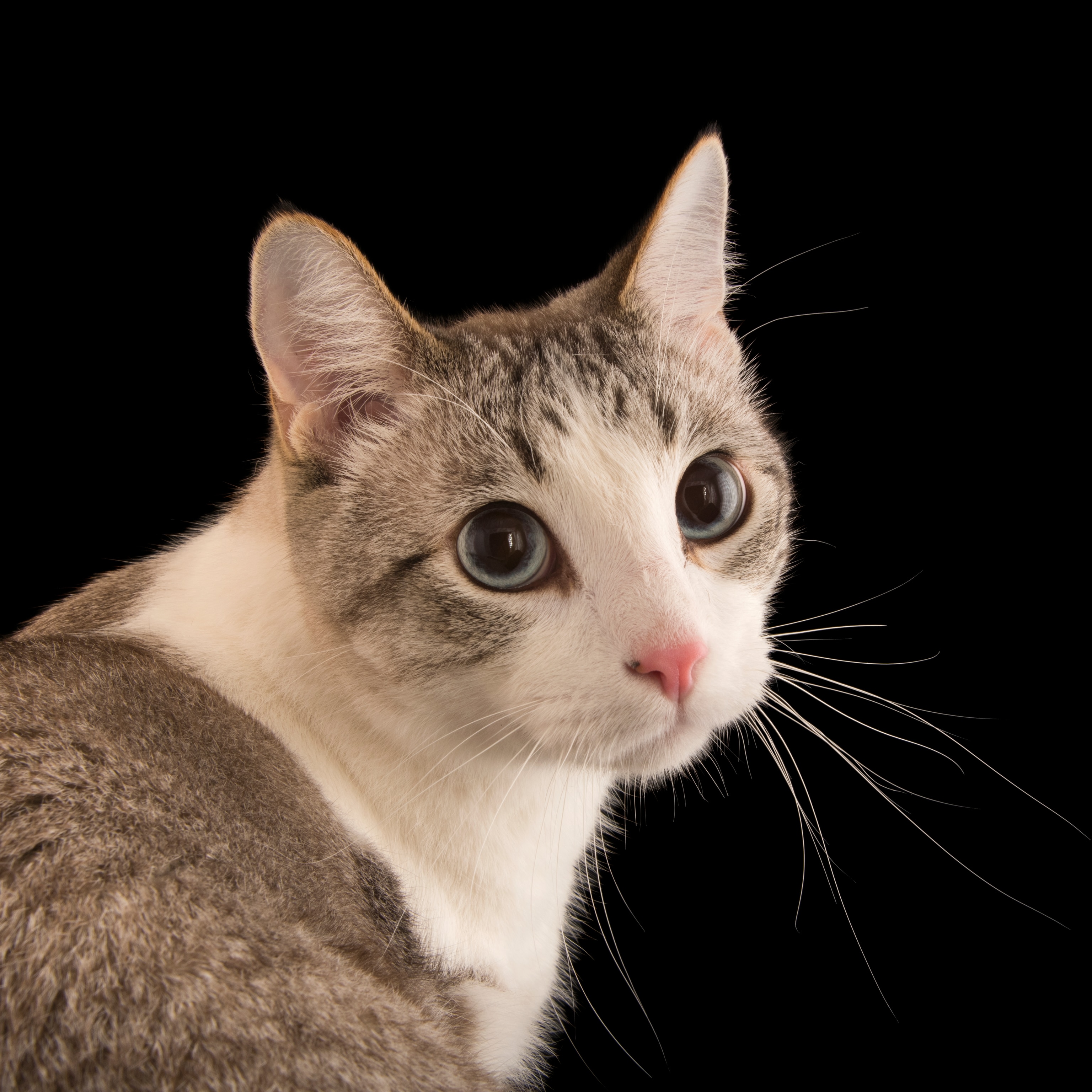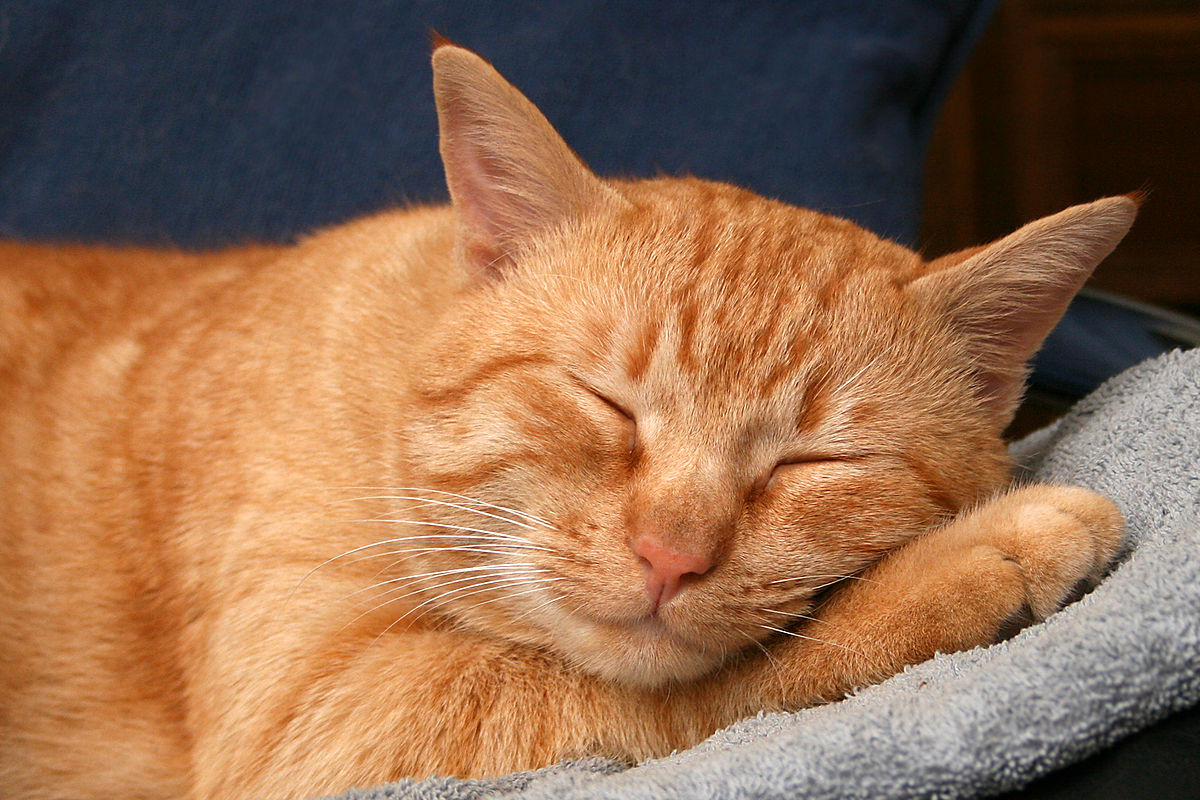
Introduction
Have you ever noticed your cat acting differently? Perhaps they’ve been more withdrawn, lethargic, or exhibiting unusual behavior. Just like humans, cats can experience feelings of depression and anxiety. As pet owners, it’s essential to recognize these signs and take action to help our feline friends. In this article, we will explore the world of cat depression and anxiety, discussing the signs, causes, and most importantly, how to support your cat’s emotional well-being.
Understanding Cat Depression and Anxiety
Depression and anxiety in cats can manifest in various ways. Some common signs of cat depression include decreased appetite, excessive sleeping, avoiding social interaction, and changes in grooming habits. On the other hand, cat anxiety may present itself through excessive meowing, aggression, destructive behavior, and litter box issues.

Causes of cat depression and anxiety can range from major life changes such as the loss of a loved one or moving to a new home, to more subtle factors like a lack of mental stimulation or a change in routine. It’s crucial to identify the underlying cause to effectively address your cat’s emotional well-being.
Creating a Calm Environment
One way to support your cat’s emotional well-being is by creating a calm and stress-free environment. Cats thrive in a safe and secure space where they can retreat when they need to relax. Provide hiding spots, cozy beds, and high perches where your cat can observe their surroundings.
/all-about-tabby-cats-552489-hero-a23a9118af8c477b914a0a1570d4f787.jpg)
Additionally, minimize stressors in your cat’s environment. Loud noises, unfamiliar visitors, or changes in routine can contribute to anxiety. By creating a predictable schedule and minimizing disruptions, you can help your cat feel more secure and at ease.
Enrichment and Stimulation
Cats are naturally curious and need mental and physical stimulation to thrive. Provide interactive toys and puzzles to keep your cat engaged and entertained. Incorporate playtime into their daily routine, using toys that mimic prey to satisfy their hunting instincts.

Consider creating a stimulating environment with scratching posts, climbing structures, and window perches that allow your cat to observe the outside world. By providing these enriching experiences, you can help alleviate boredom and reduce stress in your cat’s life.
Social Interaction and Bonding
Cats are social creatures, and human interaction plays a vital role in their emotional well-being. Spend quality time with your cat, engaging in activities they enjoy. Grooming, petting, and interactive play sessions can help strengthen the bond between you and your feline companion.

Introducing your cat to new experiences and stimuli can also help alleviate anxiety. Gradually expose them to different environments, sounds, and smells. Always ensure that these experiences are positive and rewarding for your cat.
Nutrition and Health
A well-balanced diet is essential for your cat’s overall health, including their mental well-being. Ensure that you are providing them with high-quality food that meets their nutritional needs. Consult with your veterinarian to determine the best diet for your cat’s specific requirements.

Regular veterinary check-ups are crucial for early detection of any underlying health issues that may contribute to your cat’s depression or anxiety. Addressing any physical ailments can significantly improve their overall well-being.
Using Pheromone Therapy
Pheromone therapy is a non-invasive approach to help reduce stress and anxiety in cats. Pheromones are chemical signals that cats use to communicate with each other. Synthetic pheromone products, such as sprays or diffusers, can create a calming environment for your cat.
Different types of pheromone products are available, such as Feliway, which mimics the facial pheromones that cats release when they rub against surfaces. These products can help create a sense of familiarity and security for your cat, reducing their anxiety levels.
Behavioral Training and Positive Reinforcement
Using positive reinforcement techniques can help encourage desired behaviors in your cat. Reward them with treats, praise, or playtime when they exhibit positive behavior. Avoid punishment, as it can increase stress and anxiety in your cat.
Seek professional help if needed to address any negative behaviors effectively. A certified animal behaviorist or veterinarian with expertise in feline behavior can provide guidance and support in modifying unwanted behaviors.
Medication and Alternative Therapies
In some cases, medication may be necessary to treat severe cat depression or anxiety. Consult with your veterinarian to determine if medication is appropriate for your cat. They can prescribe medications such as selective serotonin reuptake inhibitors (SSRIs) to help regulate your cat’s mood.

Alternative therapies, such as acupuncture or herbal remedies, may also be considered under the guidance of a veterinarian. However, it’s essential to discuss these options with a professional to ensure their safety and effectiveness.
Recognizing the Progress and Improvement
As you implement strategies to help your cat overcome depression and anxiety, it’s crucial to monitor their behavior and mood changes. Celebrate any small victories and improvements along the way. Remember, progress may take time, but with patience and consistency, you can help your cat lead a happier and healthier life.
Importance of Veterinary Involvement
Your veterinarian plays a vital role in diagnosing and treating cat depression and anxiety. It’s essential to consult with them for an accurate diagnosis and a comprehensive treatment plan. Discuss any concerns or questions you may have about your cat’s mental health, and work together to ensure the best care possible.
Supporting a Cat’s Emotional Well-being
Understanding and addressing your cat’s emotional needs is crucial for their overall well-being. Provide a loving and nurturing environment where they feel safe and secure. Show them affection and attention regularly, as this can go a long way in boosting their emotional health.
Building a Support System
Finding support groups or online communities for cat owners can provide you with valuable insights and advice from others who have experienced similar challenges. Engaging with professionals specializing in feline behavior and mental health can also offer guidance and support throughout your cat’s journey to recovery.
Conclusion
In conclusion, cats can experience depression and anxiety, just like humans. It’s our responsibility as pet owners to recognize the signs and take action to support our cat’s emotional well-being. By creating a calm environment, providing enrichment and stimulation, fostering social interaction and bonding, ensuring proper nutrition and health, utilizing pheromone therapy, implementing behavioral training, and seeking professional help when needed, we can help our cats overcome depression and anxiety. Remember, your cat’s mental well-being is just as important as their physical health. Let’s give them the love and care they deserve.

